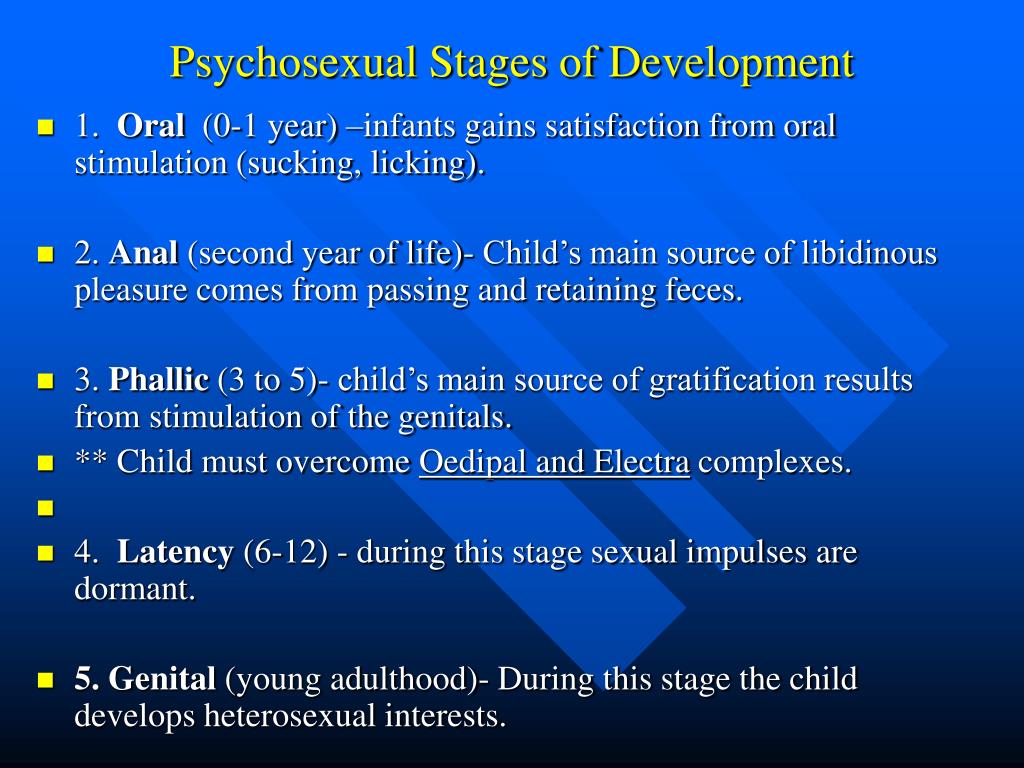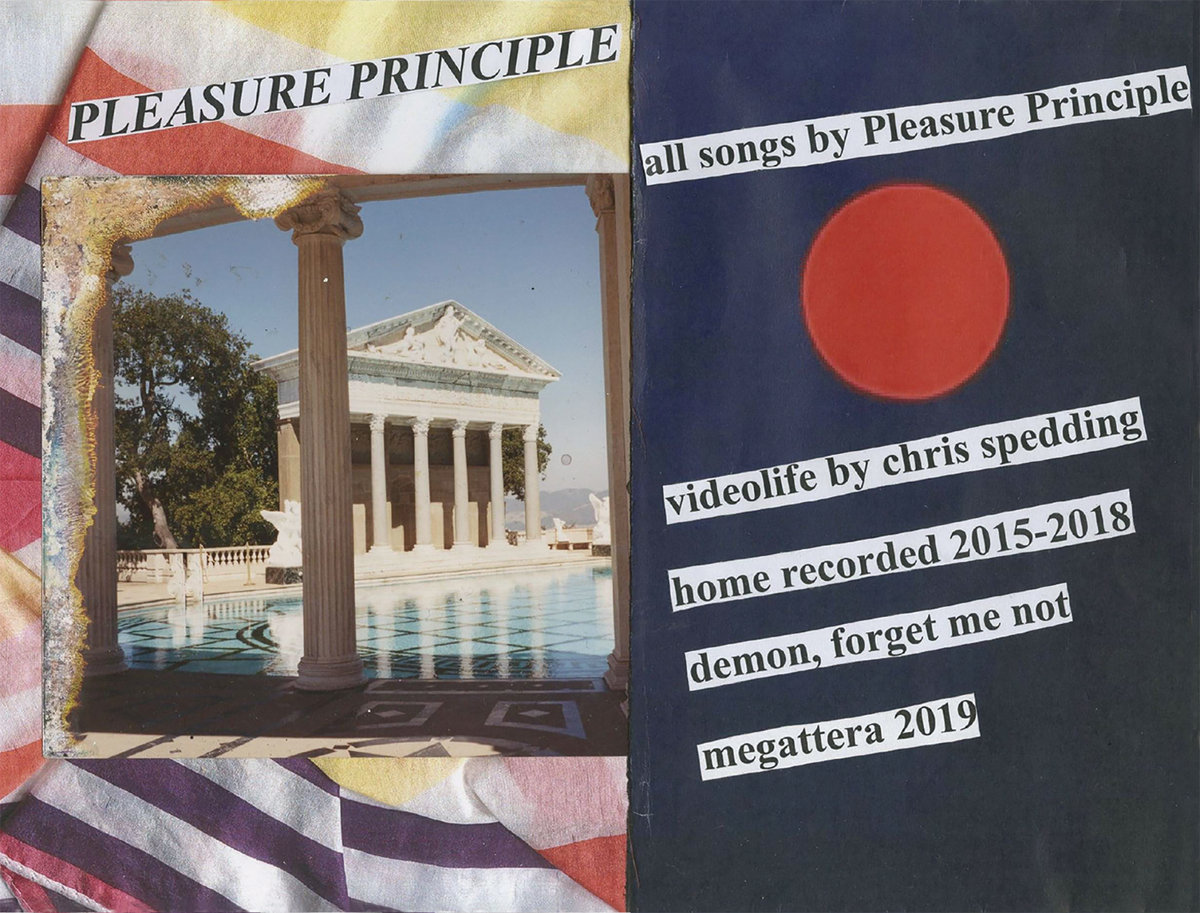

Treatment was guided by the dictum that the analyst needed to make the Unconscious conscious.

It is impossible to overstate the importance of the system Unconscious during Freud's topographic era of model building. Finally words were treated as things in the system Unconscious so that the symbol of a concrete thing was treated as though it were the thing it symbolized.

Negation also did not exist in the system Unconscious. Mutually incompatible ideas could be maintained simultaneously and without conflict because of this. Contradiction was also said not to exist in the system Unconscious. Thus, no reality–fantasy boundary existed. That is, in the system Unconscious, memories of actual occurrences were treated as no different than imagined experiences. This contributed to another special characteristic-the equating of psychic reality with external reality. Implicit in the concept of the pleasure principle was the notion that reality was disregarded in the Unconscious. This characteristic was necessary to explain the clinical finding that childhood instinctual derivatives continued to play such vivid roles in the psyches of adult patients. Mental content and processes in this system were not affected by the passage of time or the concept of time. The system Unconscious was also described by Freud as having other characteristics that differentiated it from the systems Preconscious and Conscious First it was timeless. Strong repressions of drive wishes early on were said to serve as fixation points encouraging later repressions to regress to the fixation point. In this way the system Unconscious was thought by Freud to be constantly changing as new repressions occurred. Repression of a drive derivative could occur at any time that it aroused unpleasure, generally in the form of anxiety, in an individual. Thus, the contents of the system Unconscious included both the infantile sexual and aggressive drive wishes as well as their repressed derivatives that had originally been allowed into consciousness, but had subsequently aroused enough conflict that they were re-repressed.Īs the individual developed, virtually all primitive sexual and aggressive wishes were said to be repressed and capable of conscious expression only after being disguised thoroughly by the system Preconscious.

Otherwise, they would be repressed and maintained in the system Unconscious by the censor. If disguised sufficiently, such drive derivatives would pass into the system Conscious and provide instinctual gratification. As the wish proceeded through the other systems of the mind, its pressure for direct and immediate discharge often aroused conflict, leading the censorship between the systems Unconscious and Preconscious to transform it. Drive stimulation was thought to arouse unpleasurable tension in what Freud called the psychic apparatus, and to push toward consciousness and motility so that satisfaction of the drive-wish could be achieved. They were so compelling that he believed they sought pleasurable discharge and the parallel reduction of unpleasurable tension at all costs. Freud described the instinctual wishes that made up the contents of the system Unconscious as peremptory. The system Unconscious was also said to operate according to the pleasure principle. Alan Sugarman, Caroline DePottel, in Encyclopedia of Psychotherapy, 2002 V.


 0 kommentar(er)
0 kommentar(er)
